A Tour of Mafra, Portugal: from a 300-year old palace to a miniature village
The rain had just cleared out when we got in the car to go to Mafra on Sunday afternoon.
“Get your kicks on Route 66” was playing on the radio, and it was as if everyone knew we were going on another road trip.
Initially, the plan was to go to see the Mafra Palace and visit the library, but, as always, I took this opportunity to check something else out of my bucket list — the José Franco village.
If you’re on your way to Mafra, Portugal, below are a few things you shouldn’t miss.
Mafra, Portugal and José Saramago

If you mention Mafra to anyone of my generation, they will probably remember it from José Saramago’s book Memorial do Convento. It was one of those books we were obliged to read in school and also an excuse for a field trip.
While you can learn all the facts about a building with a group tour, there’s nothing like walking through a place on your own terms. Stop where you want to, walk past whatever you don’t fancy and head straight to the end if you are feeling tired.
Also, the minute you start spending your own money on a ticket, it’s like you appreciate it more.
Visit the Mafra Palace
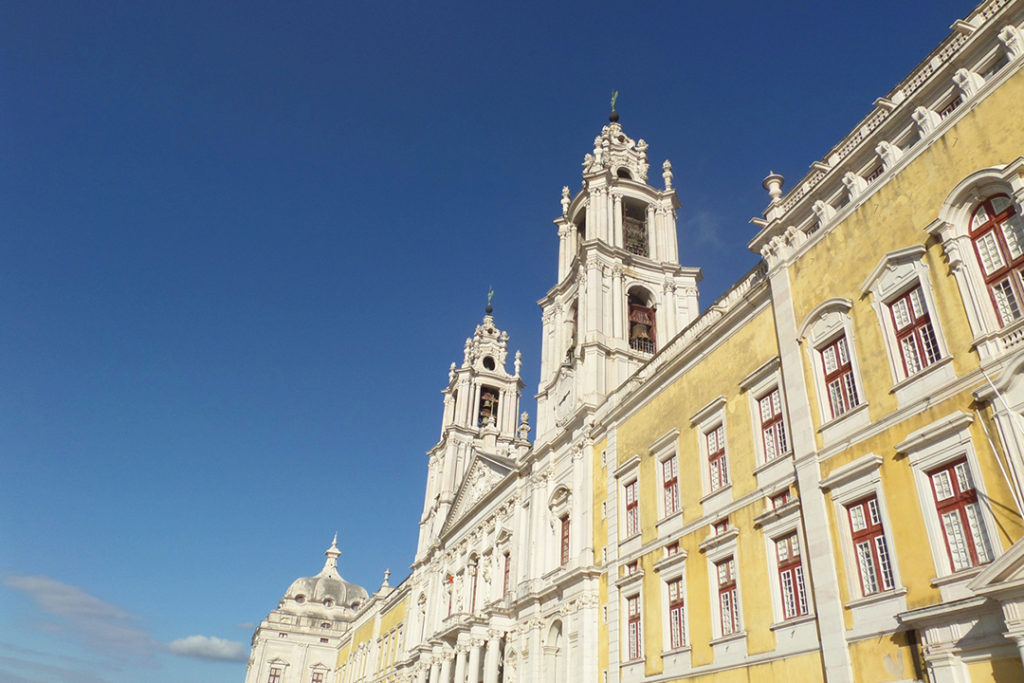
As we approached the ticket office, my dad started reaching out for his wallet, and I knew I wouldn’t be able to argue with him about it.
“Student discount?” the guy in the front asked. “Not anymore,” I replied.
He then turns to my dad and asks, “Senior discount?” and he politely answered: not yet.
If we had come a few weeks afterward, the first Sunday of the month, it would have been free!*
*Visiting the Mafra Palace: A ticket to the palace costs €6. The entrance is free on Sundays until 2 p.m. for visitors living in Portugal and children until 12 any day.
Opening hours: The palace is open from Wednesdays to Mondays from 9:30 a.m. to 5:30 p.m. The last admission is at 4:45 p.m. Closing days include Christmas and New Year’s Day, Easter Sunday, May 1st, and Ascension Thursday. For more information, check the palace website.
Inside the palace
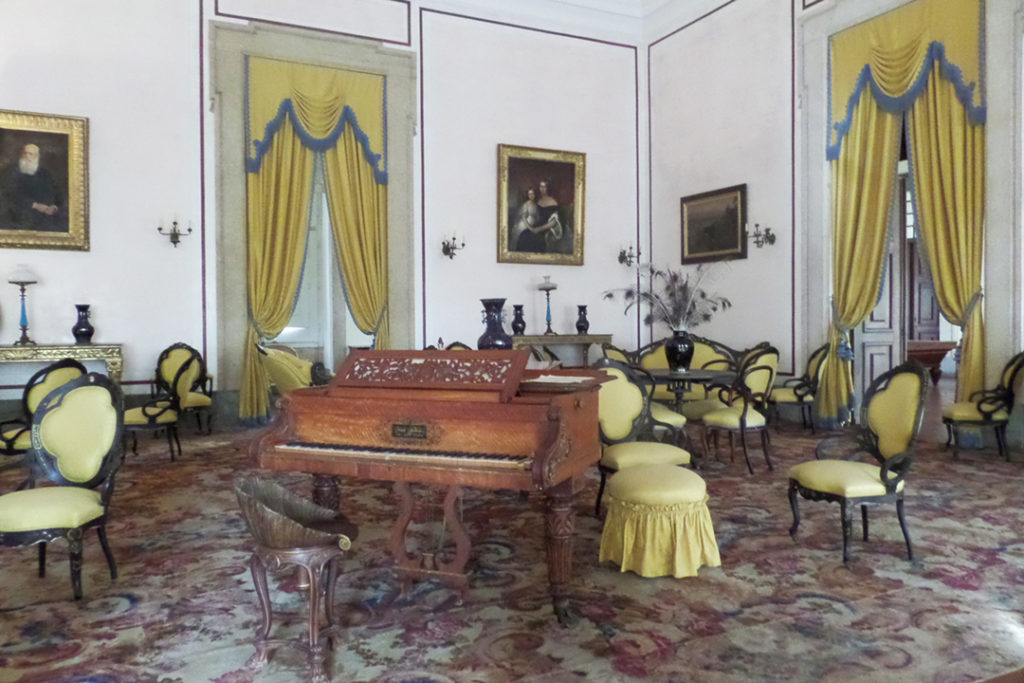
Downstairs we could only hear a group of noisy kids eagerly waiting for their tour guide. As soon as we climbed the first flight of stairs, it was like someone had put the silent button on.
The room was full of religious artifacts, and only a few people were walking by.
The next floor had a series of different rooms. There was the king’s bedroom, as well as thematic divisions like the music room, the games room, and the hunting room. Each room featured distinct elements such as a piano, a pool table, and even a chandelier made out of deer antlers.
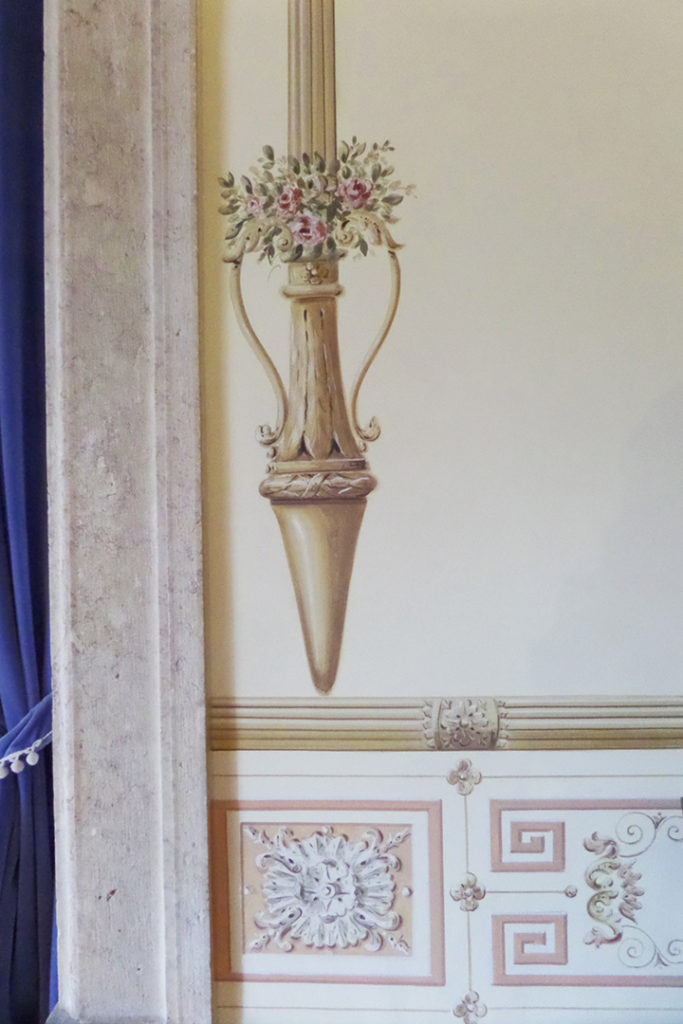
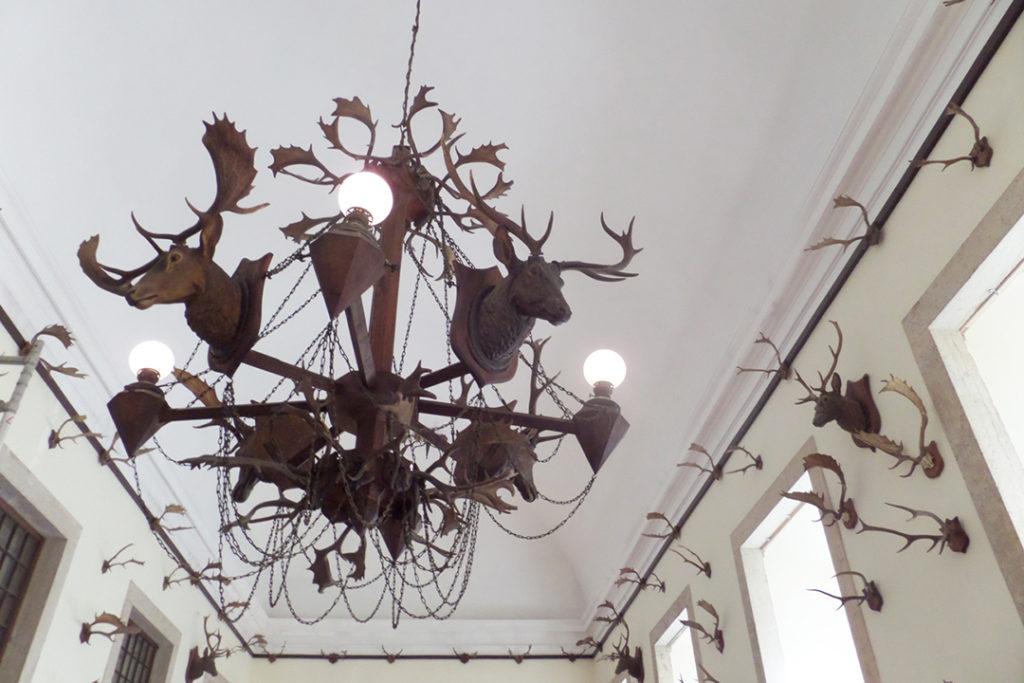
Adorning the walls were royal portraits from several generations of Portuguese Queens and Kings. The ceilings illustrated with mythological representations made by 18th-century painters.
Every corner had decorative details, and it was nearly impossible to spot a plain white wall. This excessiveness was a sign of the Baroque period, a time where palaces were built to demonstrate the power of the royals and impress visitors. I was definitely impressed.
Admire the Mafra Library
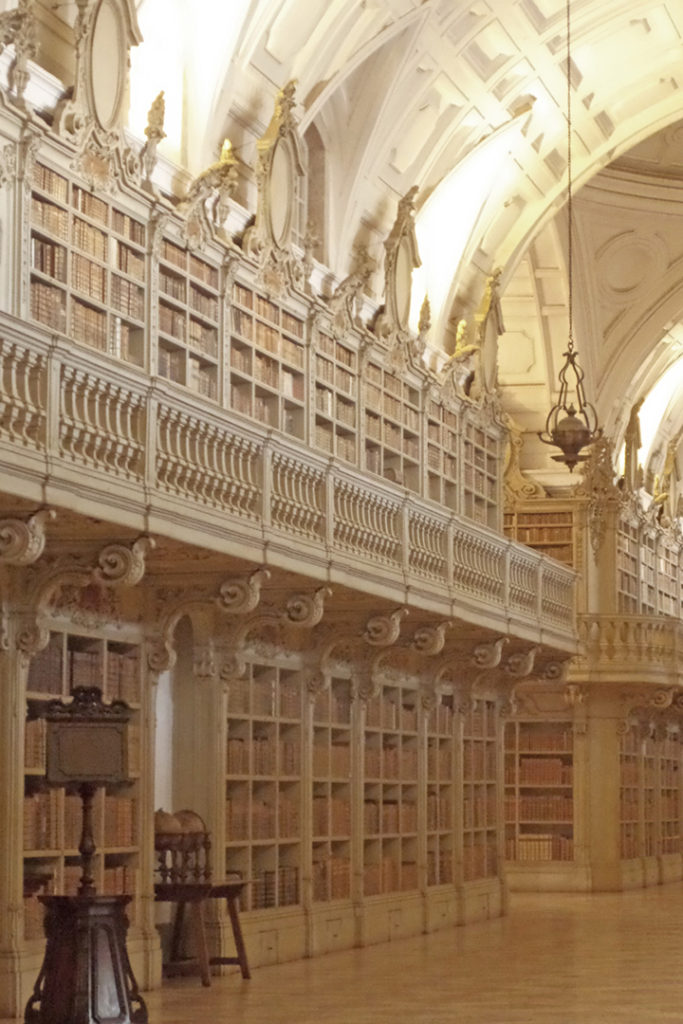
Finally, after going through a dozen corridors, we made it to the library. There are over 30.000 books stored here. It’s hard not to feel overwhelmed by the knowledge that rests on these white shelves.
But the one thing I will always retain from this place is its bookkeeping bats.
These small bats are hidden during the day and come out at night to eat insects that may otherwise damage the books. They get to live in an 18th-century palace, and the books stay intact—sounds like a fair deal to me!
See the Owls
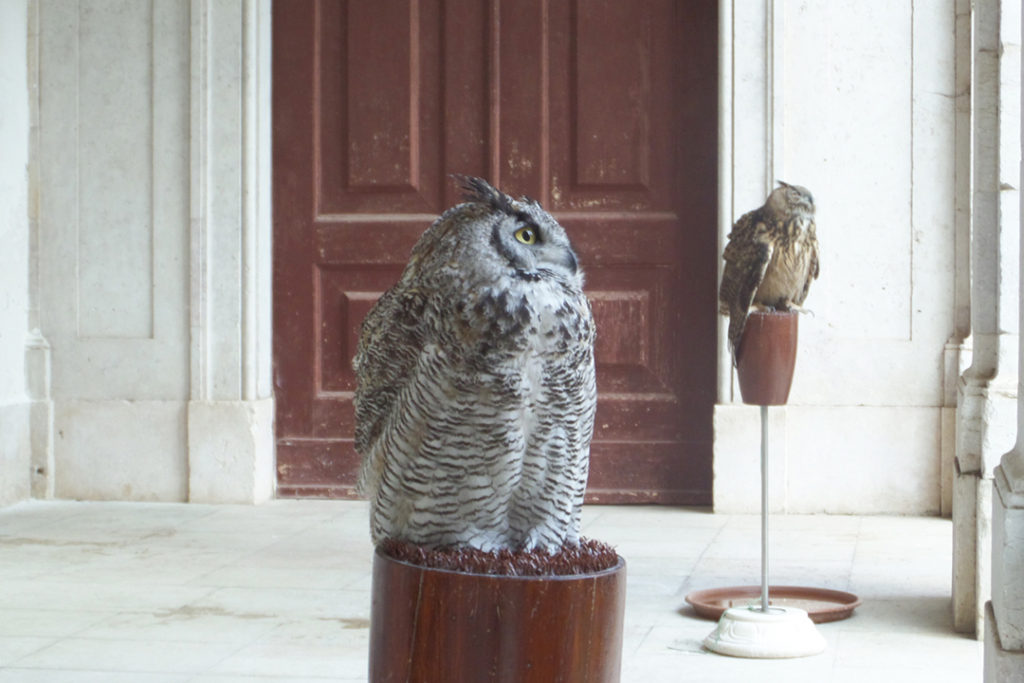
It was getting late, so we started making our way to the exit. We descended the marble stairs, and before we left, we made a quick stop at the palace’s garden. Little did I know they had owls there!
As soon as I spotted them, I couldn’t take my eyes off of them. There were four different species, each one standing on their perch.
While I was delighted to see them, I thought they might have been happier somewhere else.
The handler assured me they had a good life and that most of them live longer when bred in captivity. I bid my farewells and left wanting to adopt an owl or two.
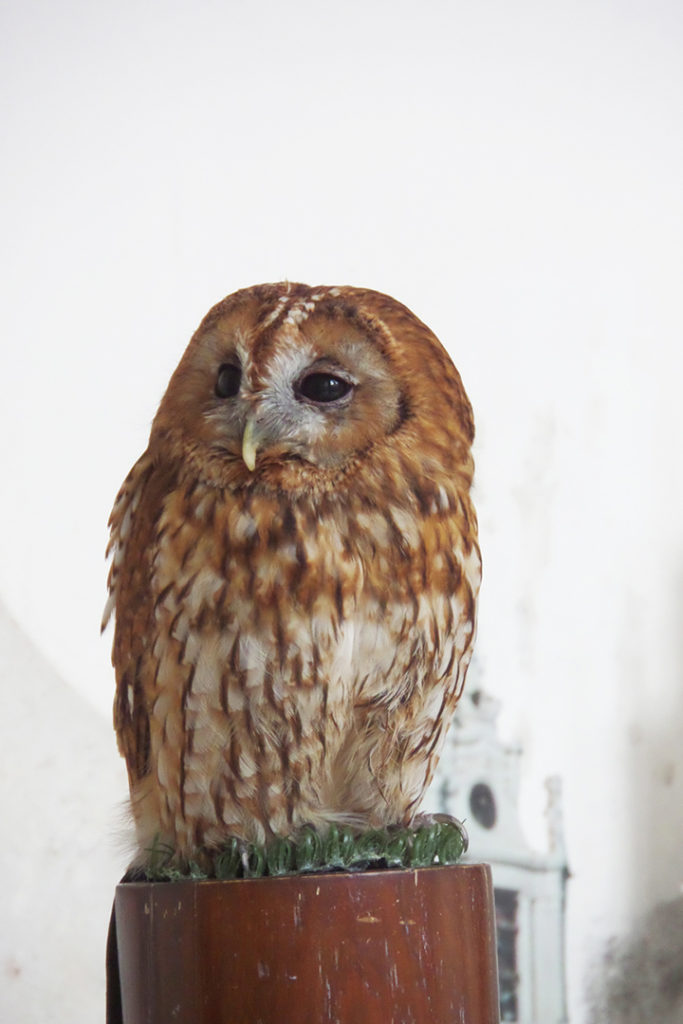
Explore Aldeia José Franco
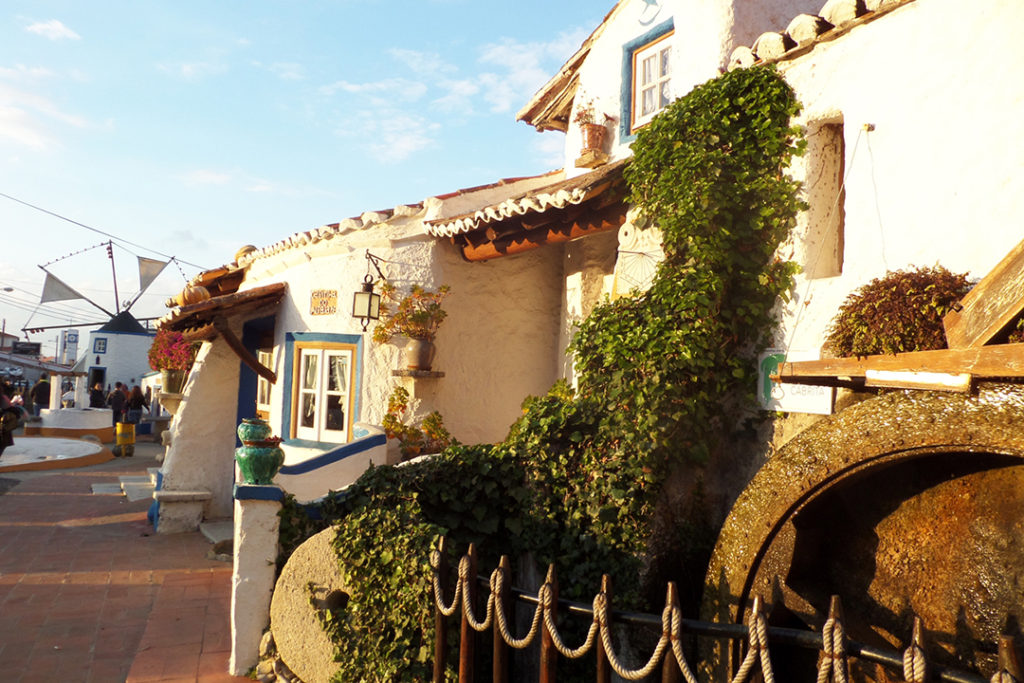
Aldeia José Franco has been showing up on my Instagram feed for a while. It was only a few weeks ago that I realized where it was.
This tiny village is only a seven-minute-drive away from the Mafra Palace, but they are worlds apart.
One embodies the wealth of Portuguese royals. The other is a mere dream of a local potter called José Franco.
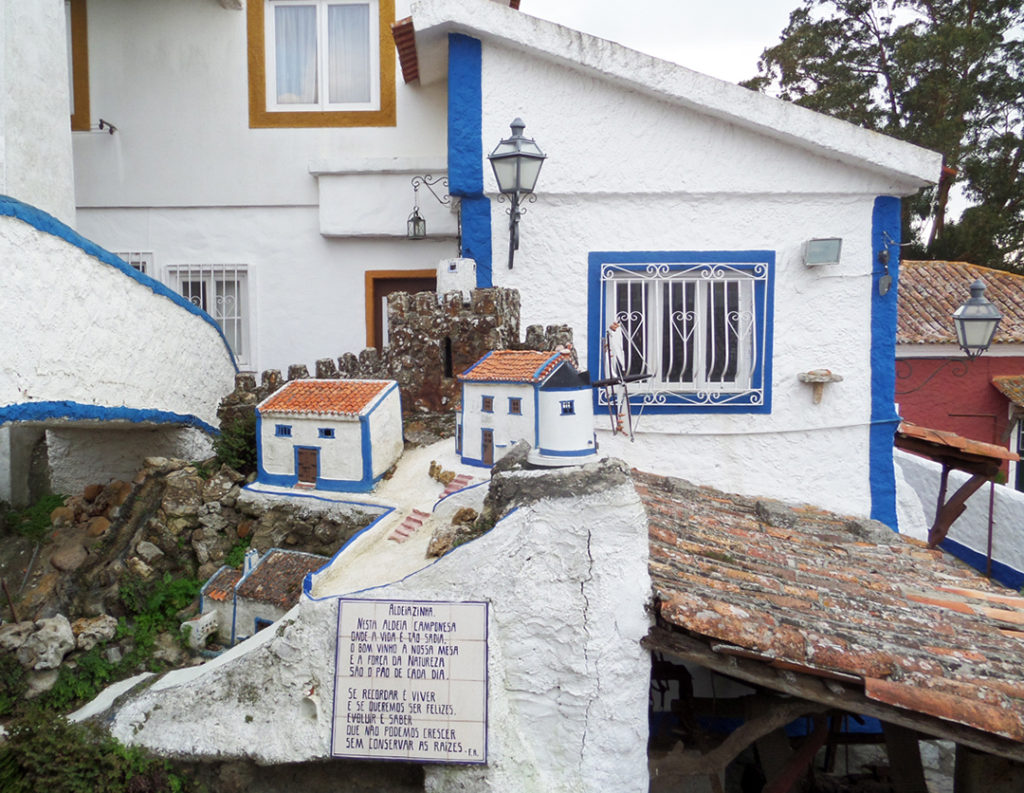
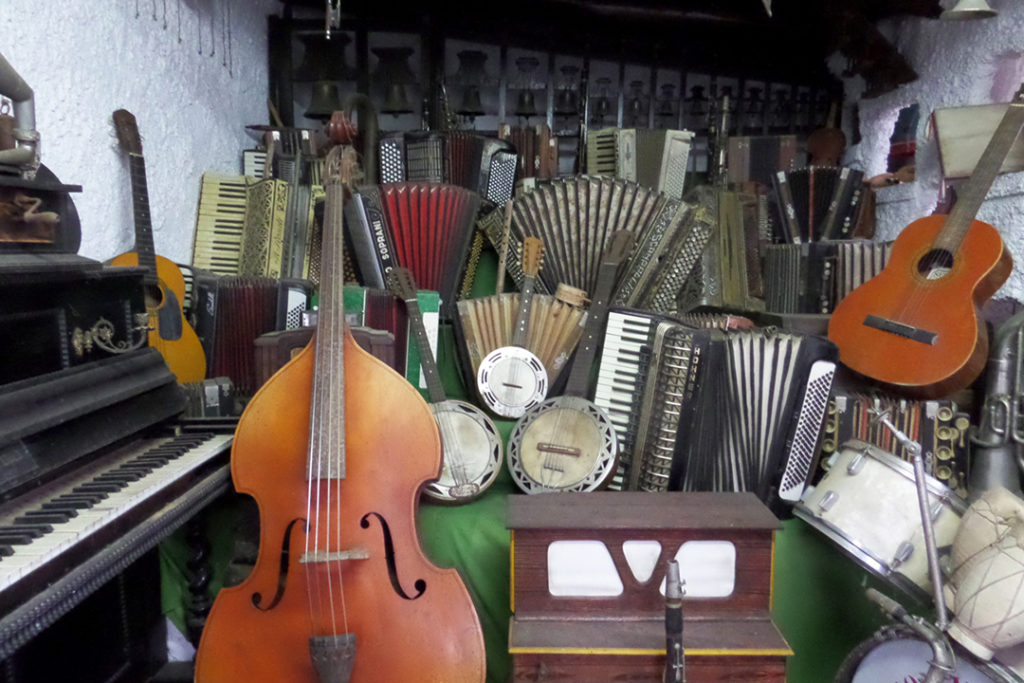
It’s hard to imagine how one person could use their hands to mold an entire village, but somehow he managed to do it.
While he passed away in 2009, his creation remains open to the public to be photographed and admired by incoming visitors.
Inspired by the memories of his childhood, José built a replica of Mafra’s countryside. Here you can find life-size windmills, chapels, and even a bakery, always ready to welcome you with warm chorizo bread.
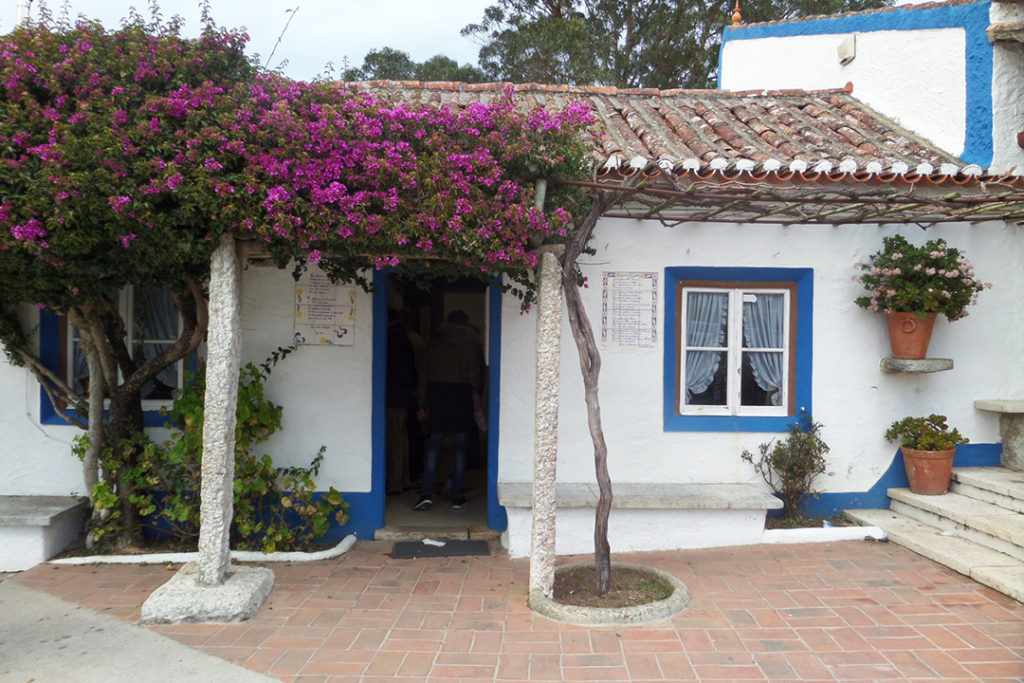
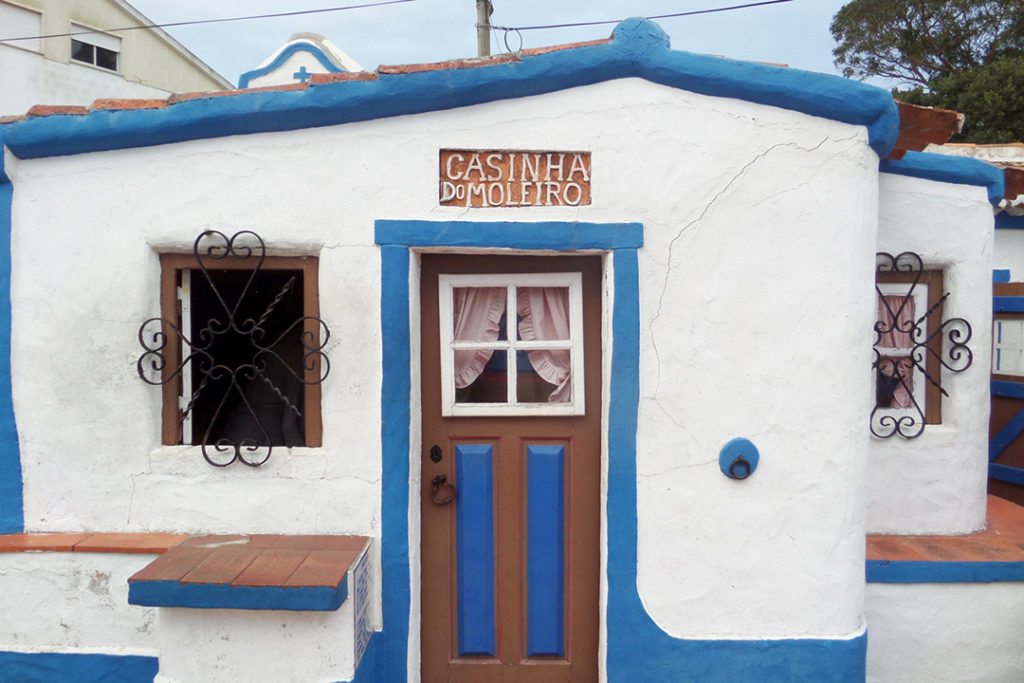
Despite its small-scale, I got lost inside it, going through the underground passages beneath the souvenir shop.
We stepped out as the guard was closing down the gates and wishing everyone a good week.
Other things to see in Mafra:
- Tapada de Mafra: created shortly after Mafra’s Palace, this park was initially meant for hunting. Today it’s open to the public and is a great place to spot deer, foxes and wild boars, or practice activities like archery or mountain biking.
- Jardim do Cerco: inspired by Versailles, this garden features water ponds, plenty of trees, and even an old water wheel. The entrance is free, so make sure to check it out if you can.
- Centro de Recuperação do Lobo Ibérico: if you want to learn more about wolfs, this is the place for you. This non-profit organization aims to protect the Iberian wolf and prevent their extinction.
- Aldeia da Mata Pequena: I visited this village on a recent road trip, and I loved it. The colorful houses and the old bikes are worthy of endless shots. You can also book a stay there and get away from the hustle of the city for a bit.
- Ericeira: you can combine your visit with a trip to this seaside town, famous for its surfing scene. I wrote more about Mata Pequena and Ericeira on my Sintra road trip article.
How to get from Lisbon to Mafra
If you don’t have a car, the best way to get from Lisbon to Mafra is to get the Mafrense bus. You can catch it at the bus terminal in Campo Grande. The journey takes around 30 minutes and a ticket costs on average €5 each way. For schedules check their official website.
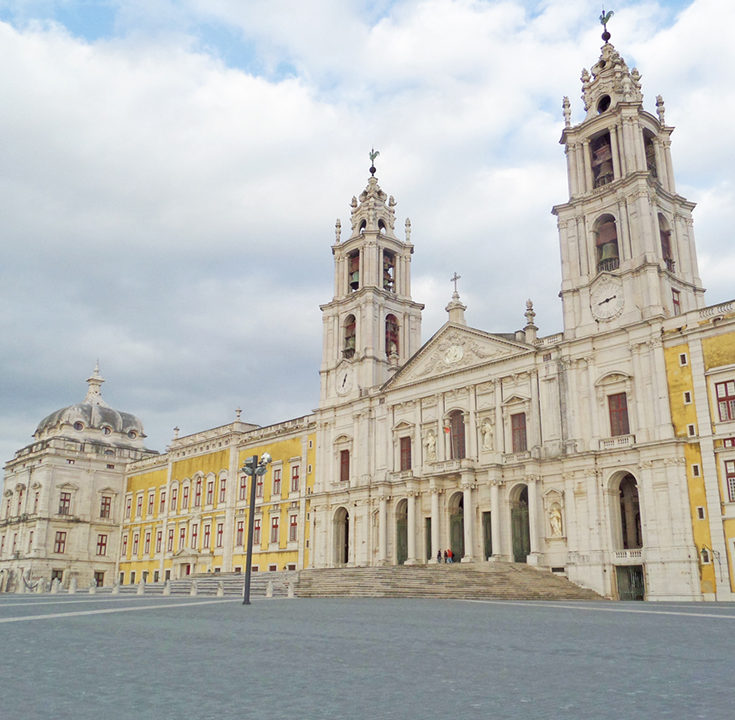
Tão giro como sempre! Ia várias vezes ao Sobreiro em criança e é sempre tão giro, é uma viagem no tempo! Da próxima vez que lá fores vai ao restaurante, é mesmo rústico e têm um cozido à Portuguesa e um bacalhau na brasa excelentes e é bastante barato. 😉
Obrigada Cátia! Já agora aproveito para te desejar boa viagem 🙂 Uuh fica para a próxima sim, à hora que fomos já estava fechado infelizmente, foi só o pão com chouriço, que também é bem bom!